>63A then use a panel board.
Excuse my ignorance whats a panel board.
>63A then use a panel board.
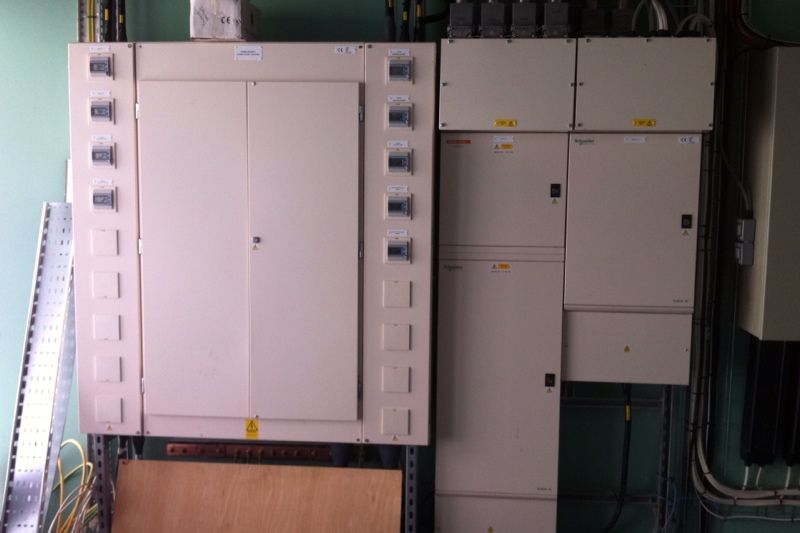
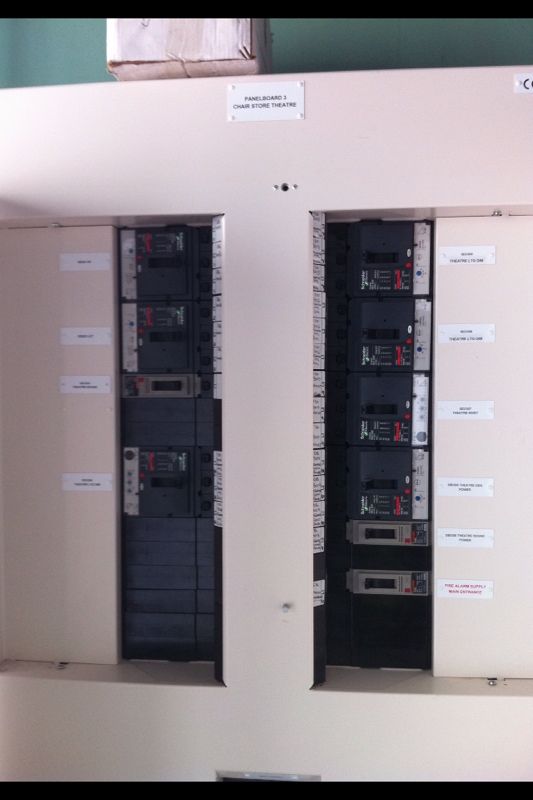
seems Rf thinks busbars are old hat so lets see how he would connect Two 3 phase boards to a single supply
Depends on the situation. Normally for a small second board ≤63A then just submain it off the first board. >63A then use a panel board.
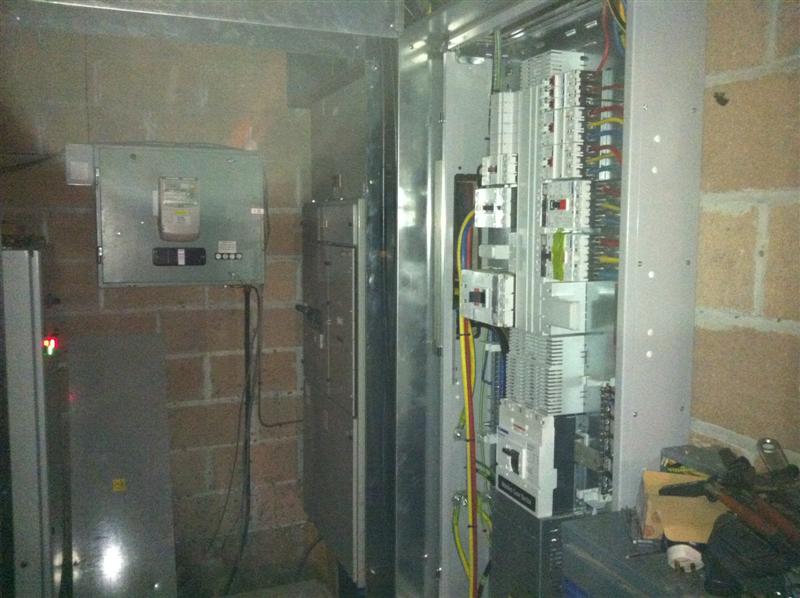
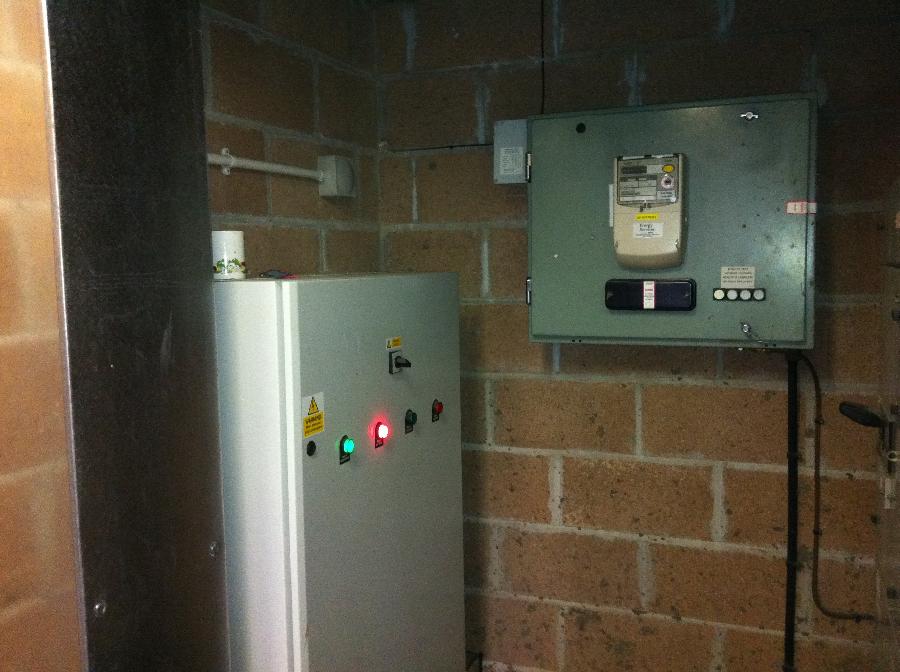
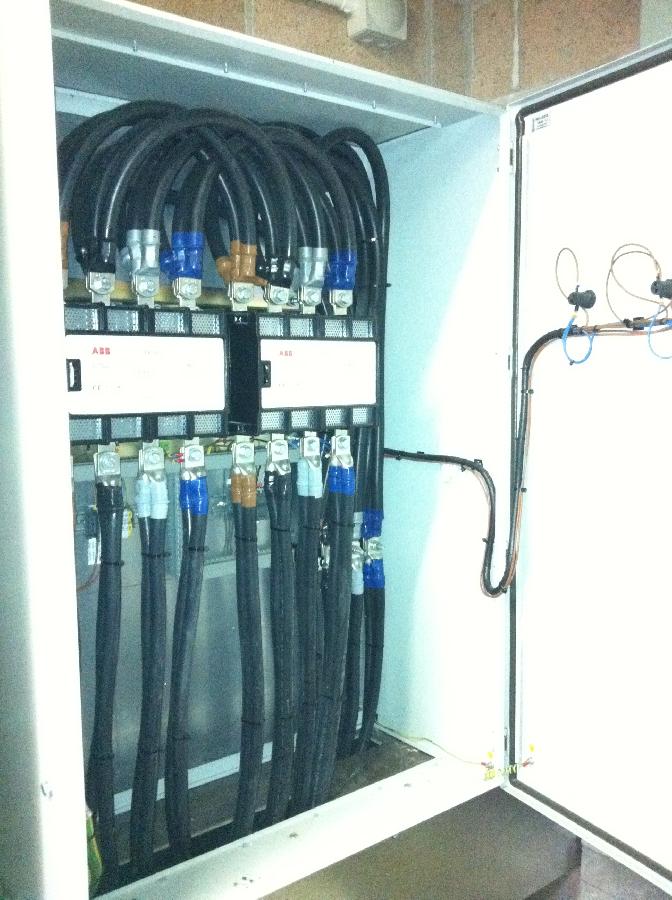
It dependsIf I need more power, would that need a separate 3 phase supply or can more power be "sent" through the existing 3 way power supply ie increase A to more than 100A? (I'm guessing no, but thought I'd ask!).!
I do hope that the existing supply is fine as I am worried about the cost of bringing more power into the premises!
Ask them the current rating shown on the rating plate, the typical startup current, and typical running current. They can probably tell you the first and will give you blank looks over the othersTbh I'm not sure, that's simply what the supplier have told me. I will ask tomorrow and see what they say. So far they've just told me that each treadmill needs a 16A dedicated line (I know that other suppliers say the same thing for their treadmills too).
OK, if those are real values then a 10A supply makes sense. However 3-4A running current still sounds very high to me - it's over a horsepower ! Or about 3/4 to 1kW. Do these gyms really use that much power for the machines - must make the air conditioning bills horrendous.1. current rating - need a 10A dedicated supply
2. Startup current - approx 8A depending on weight of user
3. Typical running current - approx 3-4A
Lets look at the figures ...It does seem as though a std 100A supply won't cut it...or am I missing something?
It will certainly cost you a lot more if you do one upgrade, and then need another. However, I suspect it will cost you on an ongoing basis in capacity based standing charges if you put in something that's significantly oversized. Based on the above guestimates, I think you'll be able to cope on your current supply.If we need more power, given the costs involved, would it be worthwhile increasing it a fair bit above our needs in case we need more down the line or does more power = more cost so don't go overboard?
If you need to find a tradesperson to get your job done, please try our local search below, or if you are doing it yourself you can find suppliers local to you.
Select the supplier or trade you require, enter your location to begin your search.
Are you a trade or supplier? You can create your listing free at DIYnot Local
